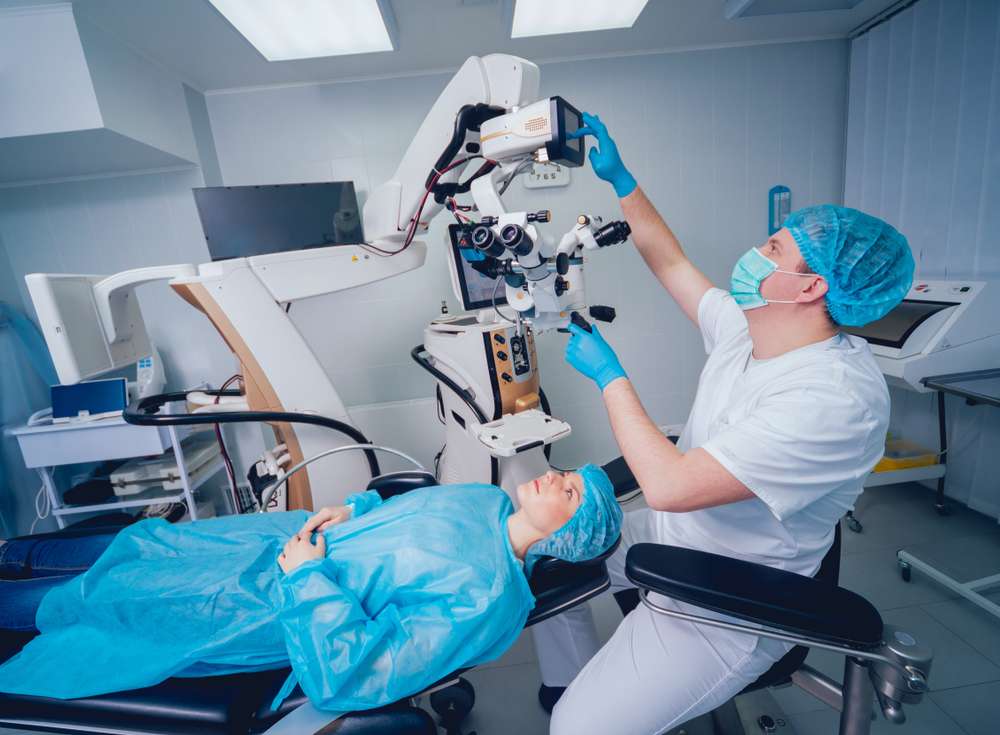Abdominoplasty Surgery: Understanding the Procedure and Recovery
Abdominoplasty, commonly known as a tummy tuck, is a surgical procedure designed to remove excess fat and skin from the abdominal area while tightening the underlying muscles. This operation can help create a smoother, firmer abdominal profile for individuals who have struggled with weight loss, pregnancy, or aging-related changes to their midsection. As with any surgical intervention, it's essential to understand the procedure, its potential benefits, and the recovery process before making an informed decision.

Who is a suitable candidate for a tummy tuck?
Not everyone is an ideal candidate for abdominoplasty surgery. Generally, suitable candidates are individuals who:
-
Are at a stable weight but have excess abdominal skin or fat that doesn’t respond to diet and exercise
-
Have weakened abdominal muscles due to pregnancy or significant weight loss
-
Are in good overall health and do not smoke
-
Have realistic expectations about the results of the surgery
It’s important to note that abdominoplasty is not a weight-loss procedure and should not be considered as an alternative to a healthy lifestyle.
How is the abdominoplasty procedure performed?
The abdominoplasty procedure is typically carried out under general anesthesia in a hospital or specialized surgical center. The surgeon begins by making an incision in the lower abdomen, carefully planned to be concealed by underwear or swimwear. Through this incision, they access the abdominal muscles, which are tightened using sutures. Excess fat is removed, either through direct excision or liposuction, depending on the patient’s needs. The surgeon then removes excess skin and repositions the remaining skin to create a smoother contour. Finally, the incision is closed with sutures, and drainage tubes may be placed to help remove excess fluid during the initial stages of healing.
What does recovery from tummy tuck surgery involve?
Recovery from abdominoplasty surgery requires patience and careful adherence to post-operative instructions. Most patients can expect:
-
To spend one to two nights in the hospital for monitoring
-
To wear a compression garment for several weeks to reduce swelling and support healing
-
To experience some pain and discomfort, managed with prescribed medications
-
To avoid strenuous activities for 4-6 weeks
-
To take 2-4 weeks off work, depending on the nature of their job
Full recovery can take several months, with final results becoming apparent as swelling subsides and incisions heal completely.
What are the potential risks and complications of abdominoplasty?
As with any surgical procedure, abdominoplasty carries certain risks. Potential complications include:
-
Infection
-
Bleeding or hematoma formation
-
Poor wound healing or scarring
-
Numbness or changes in skin sensation
-
Fluid accumulation (seroma)
-
Asymmetry or contour irregularities
-
Risks associated with anesthesia
It’s crucial to discuss these potential risks with a board-certified plastic surgeon and follow all pre- and post-operative instructions to minimize complications.
How much does abdominoplasty surgery typically cost?
The cost of abdominoplasty surgery can vary widely depending on factors such as geographic location, surgeon experience, facility fees, and the extent of the procedure required. While it’s important to consider cost when planning for surgery, it should not be the sole determining factor in choosing a surgeon or facility.
| Provider Type | Estimated Cost Range | Inclusions |
|---|---|---|
| Private Clinic | $6,000 - $12,000 | Surgery, anesthesia, facility fees |
| Hospital | $8,000 - $15,000 | Surgery, anesthesia, hospital stay |
| Plastic Surgery Center | $7,000 - $14,000 | Surgery, anesthesia, post-op care |
Prices, rates, or cost estimates mentioned in this article are based on the latest available information but may change over time. Independent research is advised before making financial decisions.
Abdominoplasty surgery can be a transformative procedure for those struggling with excess abdominal skin and fat. However, it’s a significant undertaking that requires careful consideration of the risks, benefits, and recovery process. Consulting with a board-certified plastic surgeon is essential to determine if abdominoplasty is the right choice for your individual needs and goals. With proper planning and realistic expectations, many patients find that a tummy tuck can help them achieve the abdominal contour they desire, leading to improved self-confidence and body image.
This article is for informational purposes only and should not be considered medical advice. Please consult a qualified healthcare professional for personalized guidance and treatment.






